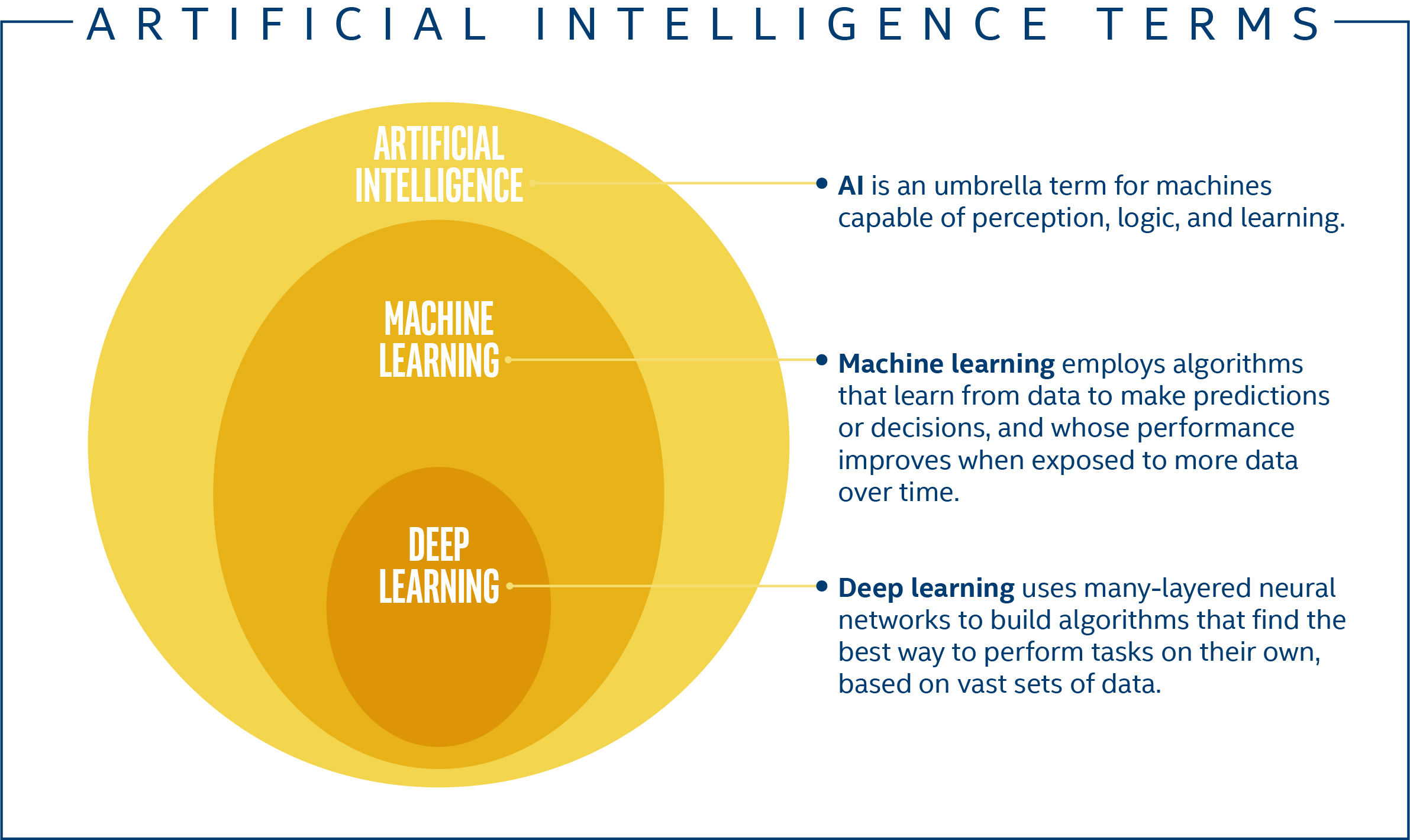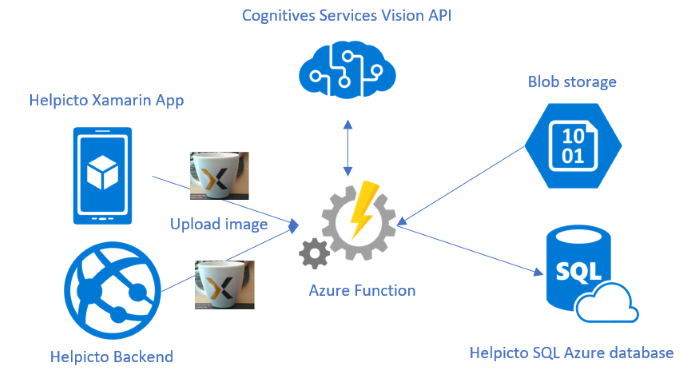
There are many use cases of machine learning, and it can be tricky to decide which one is best for your business. These include recommendation, fraud detection, security and fraud detection. However, the most important use case of machine learning is predicting the future. This kind of predictive model is a very useful tool in any business and can help you make better business decisions. You can also use it to automate repetitive tasks. But where do you begin?
Recommendation
Businesses have embraced machine learning as an important tool. It is used in virtually every industry. Companies from researchers to retailers use ML. Its use is widespread, from doctors to developers of new medicines. We will be looking at some use cases of this technology in this article. It will be possible to see how machine learning is used in your industry. Let's look at the most popular uses of machine learning and how they have been used to improve our lives.

Security
AI adoption in the security sector has seen a dramatic increase. According to Capgemini's recent report, AI is being used in cybersecurity by more than 90%. Machine learning can be used to detect malware, detect anomalies, detect malicious traffic and correlate signals from different systems. Most security tools will include machine learning capabilities. A number of security companies are also using AI for a wider range, including network security.
Fraud detection
Traditionally, fraud detection relies on static rule-based systems, also known as expert systems or production systems. These systems are highly dependent on human labor and can quickly become complex. They require significant manual effort, especially when the algorithm has to be updated with new data. Machine learning algorithms may be more effective in detecting fraud than rules-based systems.
NLP
One of the most interesting use cases of machine learning in NLP is text summarisation. This application requires that human-written text be sorted into groups and then categorized according to parts of speech. The language is complex and includes a variety of synonyms, slangs and industry-specific words. The rules used to model language can never keep up with the changes in language. The Internet has made it impossible to capture every mispelling and inconsistent expression in English.

e-commerce
eCommerce companies have the ability to harness machine learning's potential to improve customer experience and increase their revenue streams. Machine learning is a tool that online retailers can use to better understand their customers, what they want, and how they view products. A machine learning algorithm could be applied to the product's features in order for them to provide a better customer experience. Another option is to use an algorithm to determine the most appropriate pricing for a customer and what product features they should be using.
FAQ
What is AI good for?
AI can be used for two main purposes:
* Predictions - AI systems can accurately predict future events. AI can help a self-driving automobile identify traffic lights so it can stop at the red ones.
* Decision making – AI systems can make decisions on our behalf. For example, your phone can recognize faces and suggest friends call.
How does AI work
An artificial neural network is composed of simple processors known as neurons. Each neuron receives inputs and then processes them using mathematical operations.
Neurons are arranged in layers. Each layer performs an entirely different function. The first layer receives raw data like sounds, images, etc. It then sends these data to the next layers, which process them further. The last layer finally produces an output.
Each neuron also has a weighting number. This value is multiplied with new inputs and added to the total weighted sum of all prior values. If the result is more than zero, the neuron fires. It sends a signal down to the next neuron, telling it what to do.
This process repeats until the end of the network, where the final results are produced.
What does AI look like today?
Artificial intelligence (AI), is a broad term that covers machine learning, natural language processing and expert systems. It's also known as smart machines.
The first computer programs were written by Alan Turing in 1950. His interest was in computers' ability to think. He presented a test of artificial intelligence in his paper "Computing Machinery and Intelligence." This test examines whether a computer can converse with a person using a computer program.
In 1956, John McCarthy introduced the concept of artificial intelligence and coined the phrase "artificial intelligence" in his article "Artificial Intelligence."
Many types of AI-based technologies are available today. Some are easy and simple to use while others can be more difficult to implement. They can be voice recognition software or self-driving car.
There are two major categories of AI: rule based and statistical. Rule-based AI uses logic to make decisions. To calculate a bank account balance, one could use rules such that if there are $10 or more, withdraw $5, and if not, deposit $1. Statistical uses statistics to make decisions. A weather forecast might use historical data to predict the future.
Statistics
- More than 70 percent of users claim they book trips on their phones, review travel tips, and research local landmarks and restaurants. (builtin.com)
- The company's AI team trained an image recognition model to 85 percent accuracy using billions of public Instagram photos tagged with hashtags. (builtin.com)
- That's as many of us that have been in that AI space would say, it's about 70 or 80 percent of the work. (finra.org)
- Additionally, keeping in mind the current crisis, the AI is designed in a manner where it reduces the carbon footprint by 20-40%. (analyticsinsight.net)
- In the first half of 2017, the company discovered and banned 300,000 terrorist-linked accounts, 95 percent of which were found by non-human, artificially intelligent machines. (builtin.com)
External Links
How To
How do I start using AI?
An algorithm that learns from its errors is one way to use artificial intelligence. You can then use this learning to improve on future decisions.
If you want to add a feature where it suggests words that will complete a sentence, this could be done, for instance, when you write a text message. It would take information from your previous messages and suggest similar phrases to you.
It would be necessary to train the system before it can write anything.
Chatbots are also available to answer questions. So, for example, you might want to know "What time is my flight?" The bot will reply that "the next one leaves around 8 am."
This guide will help you get started with machine-learning.